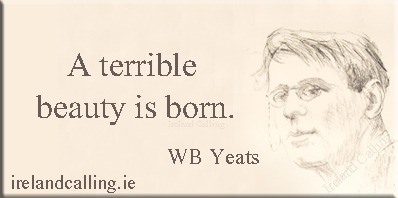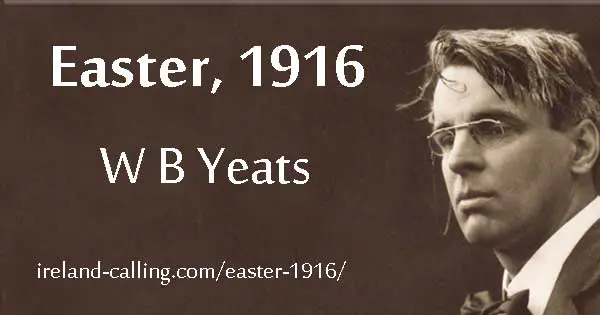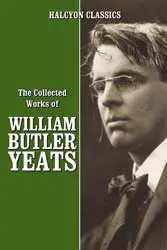The second section of Easter, 1916 alludes to several figures who played a leading part in the Rising. Yeats would have known most if not all of them. They were all engaged in ordinary professions but the Rising changes all that. Their idealism and subsequent execution means they are transformed… a terrible beauty is born.
Easter, 1916
Notes and analysis
Enchanted to a Stone
Ireland’s 100 favourite poems
W B Yeats

That woman’s days were spent –refers to the Countess Markiewicz who was a prominent Irish nationalist and campaigner. She was a lifetime friend of Yeats who knew her when she was young. He comments that her voice was sweet when she was young but numerous nights of endless argument had made it shrill.
This gives us an insight into Yeats’ view of Nationalists before the Easter Rising. He had been interested in Nationalism but had grown tired of it as he got older. The way the Easter Rising reinvigorates people’s appetite for Nationalism is one the main themes of the poem.
Unlike the other major figures in the rebellion, Countess Markiewicz was spared from execution because she was a woman.
This man kept a school – Patrick Pearce who founded St Enda’s School, which steered pupils towards the Irish language and Irish culture. The “winged horse” is a reference to the Greek mythological figure Pegasus, a symbol of poetry. The reference alludes to the fact that Pearse was a poet.
Pearce read the Proclamation of independence at the General Post Office where the Rising began.
This other his helper and friend –Thomas MacDonagh, was a promising poet and critic. The fact that the Easter Rising was led by poets and other non military people leads Yeats to describe the Rising as a casual comedy.
This other man – refers to John MacBride, – described in the poem as a “vainglorious lout”. Yeats’ animosity to MacBride has to be put into context. As a young man, Yeats had fallen in love with the beautiful actress and nationalist, Maud Gonne. She refused his offer of marriage several times and instead married John MacBride – which helps to explain Yeats’ disapproval. MacBride and Gonne later divorced, which Yeats refers to in the lines, “He had done most bitter wrong, to some who are near my heart”.
James Connolly doesn’t appear with the other characters in the second stanza but is named in the fourth stanza. He was a union leader who also took part in the Rising. He was so badly wounded that he was unable to stand before the firing squad, so he was tied in his chair before being executed. The manner of his death in particular, outraged the Irish public.
Easter, 1916
Easter, 1916 notes and analysis
Easter, 1916 – Main characters
Easter, 1916 – Enchanted to a Stone
W B Yeats

